The Wild Food Farm has an ongoing commitment to environmental sustainability as well as an educational one; only with knowledge will we fully understand and appreciate the qualities and value of these plants for our health and well-being and for the important links connecting us spiritually to the land of this unique country.
Originally the Farm worked with Phillip Island Landcare to replant 3 types of forest, according to what originally grew in each specific area of the property, most of which had been removed for farming practices.
Sheoak Forest
Dominated by drooping Sheaoaks, the plants in this community can easily withstand the dry soils found on hilltop areas.
Grassy Woodland
Grassy woodland was a more open forest, dominated by gum trees, Eucalyptus species such as Blue Gum, Manna Gum, Swamp Gum and Messmate.
Melaleuca Scrub
Dominated by Swamp Paperbark, Melaleuca ericifolia, this type of forest prefers moist conditions and is most common in low-lying land, especially near wetland areas.
We are still exploring plants that are indigenous to the area and have completed a Food Map showing all the species that are currently growing on the property and adding to those species.
Wildlife
We regularly have an experienced aborist come and inspect our trees, not only for safety issues but also to ensure that no plants are taken out that are environmental homes for wildlife. For example in the drive way leading to the Wild Food Cafe an old, dead tree is home to the Micro Bats, these do an important job eating their body weight of mosquitos every day, big saving on insect repellant! Understory plants are left as they house a variety of insect life which are the food for many of our little birds who are often seen hopping about enjoying buffet before them.
We have echnidas, a little shy, but they are there, the odd Wallaby makes it’s way onto the property as well as a huge variety of birdlife such as Cape Baron Geese, Purple Hens and of course the ever popular Kookaburra. Our dams are homes to turtles, various ducks and two species of frogs which you can hear quite clearly and after dark they are downright noisy. The local Copperhead Snakes are also around, not that aggressive they keep to themselves, but they are important residents keeping down unwanted vermon.
more examples of our sustainable practices…
Our carpark is made of recycled bitumen from Melbourne roads
Buildings and landscaping feature recycled timbers from the Gippsland area
All roof areas collect rainwater to be stored in huge storage tanks
The dam water from the Rainforest area and the main dams is recycled and cleaned through huge sand filters and wetland systems
Garden waste and kitchen scraps are given to our chooks and composted and used on our vegetable garden and worm farm
Our plants grow with the seasons, enjoying the rain when it comes and tolerating the drought when it doesnt. We don’t fertilise but regular additions of mulch help to maintain soil fertility.
We have an Ecomax environmental waste water treatment system installed with a large ground mound at the back of the property, this enables the effluent wastewater to be discharged back into the environment without any environmental impacts.
Growing Australian native plants is a “new type” of farming. These edible plants have sustained our First Nation’s People thoughout this country for generations, traditional knowledge and participation is an important aspect of its growth. Today we have traditional, scientific, farming and remote communities working together to ensure that all practices right down line are done in a sustainable and ethical way.
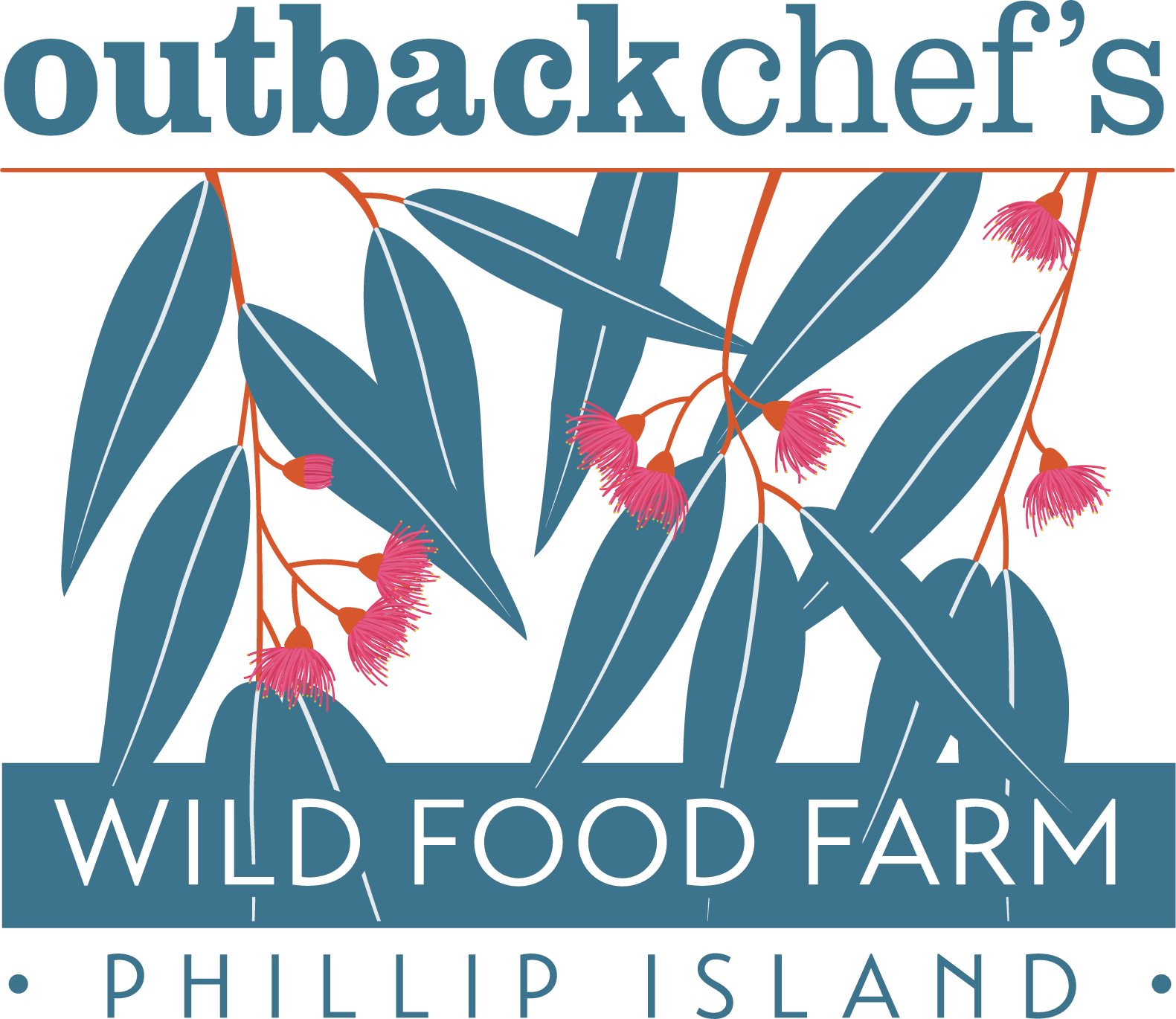

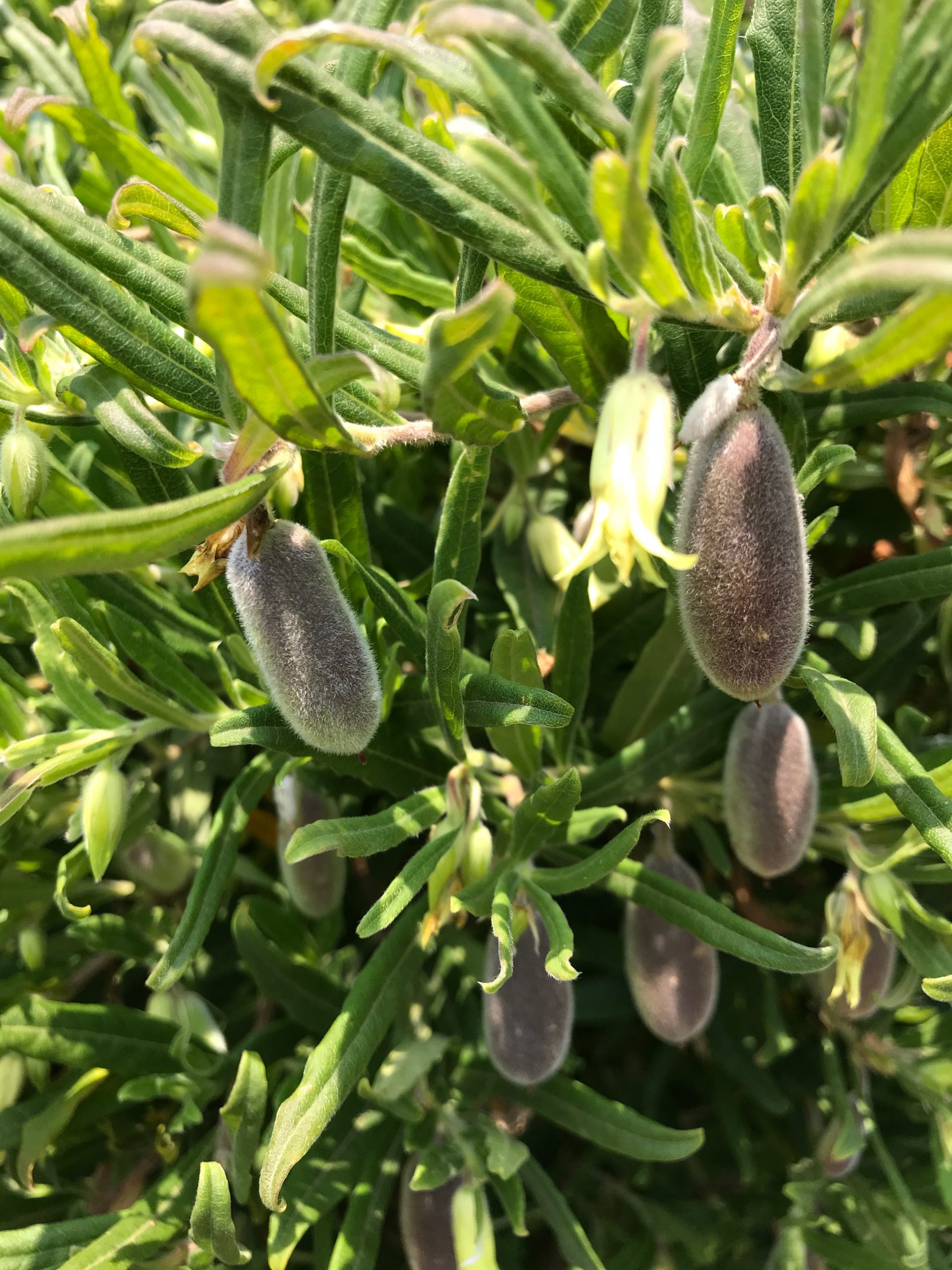
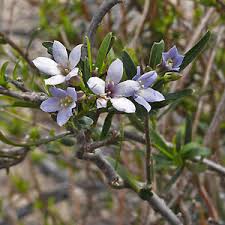

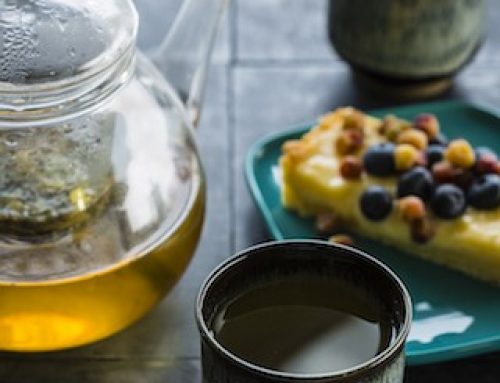
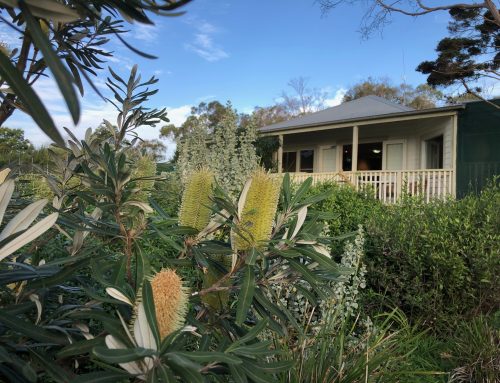
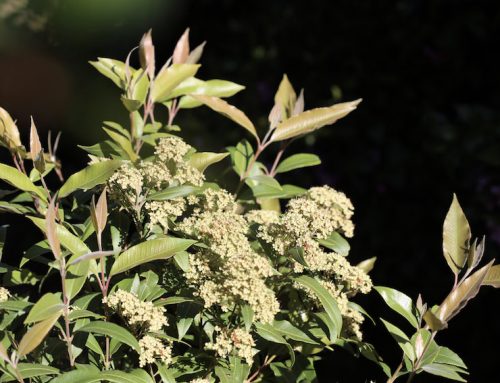
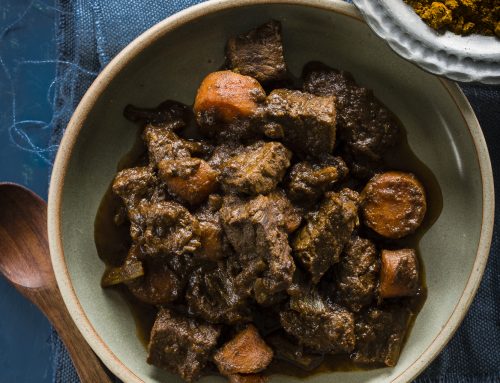
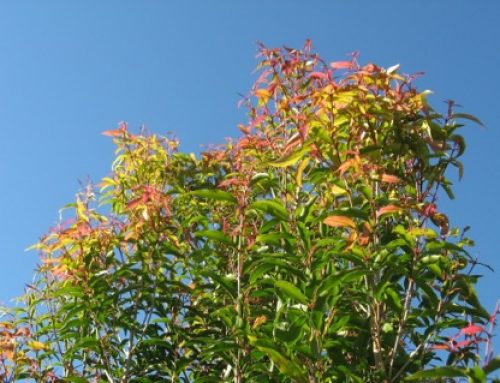
Leave A Comment
You must be logged in to post a comment.